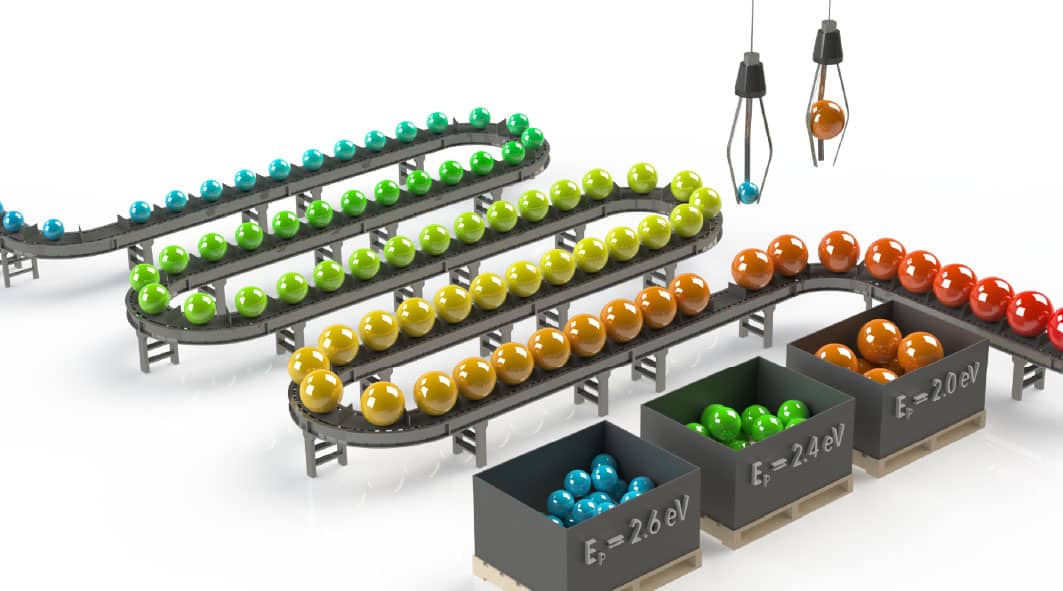New Approach Advances Wireless Power Transfer for Vehicles
Researchers from North Carolina State University have developed new technology and techniques for transmitting power wirelessly from a stationary source to a mobile receiver – moving engineers closer to their goal of creating highway “stations” that can recharge electric vehicles wirelessly as the vehicles drive by.
“We’ve made changes to both the receiver and the transmitter in order to make wireless energy transfer safer and more efficient,” says Dr. Srdjan Lukic, an assistant professor of electrical engineering at NC State and senior author of a paper on the research.

The researchers developed a series of segmented transmitter coils, each of which broadcasts a low-level electromagnetic field. The researchers also created a receiver coil that is the same size as each of the transmitter coils, and which can be placed in a car or other mobile platform. The size of the coils is important, because coils of the same size transfer energy more efficiently.
The researchers modified the receiver so that when it comes into range and couples with a transmitter coil, that specific transmitter coil automatically increases its current – boosting its magnetic field strength and the related transfer of energy by 400 percent. The transmitter coil’s current returns to normal levels when the receiver passes out of the range of the transmitter.
These modifications improve on previous mobile, wireless power transfer techniques.
One previous approach was to use large transmitter coils. But this approach created a powerful and imprecise field that could couple to the frame of a car or other metal objects passing through the field. Because of the magnetic field’s strength, which is required to transfer sufficient power to the receiver, these electromagnetic field “leaks” raised safety concerns and reduced system efficiency.
Another previous approach used smaller transmitter coils, which addressed safety and efficiency concerns. But this approach would require a very large number of transmitters to effectively “cover” a section of the roadway, adding substantial cost and complexity to the system, and requiring very precise vehicle position detection technology.
“We tried to take the best from both of those approaches,” Lukic says.
Lukic and his team have developed a small, functional prototype of their system, and are now working to both scale it up and increase the power of the system.
Currently, at peak efficiency, the new system can transmit energy at a rate of 0.5 kilowatts (kW). “Our goal is to move from 0.5 kW into the 50 kW range,” Lukic says. “That would make it more practical.”
The paper, “Reflexive Field Containment in Dynamic Inductive Power Transfer Systems,” is published online in IEEE Transactions on Power Electronics. Lead author of the paper is NC State Ph.D. student Kibok Lee. The paper was co-authored by Dr. Zeljko Pantic, a former Ph.D. student at NC State. The research was partially supported by National Science Foundation grant number EEC-0812121.
-shipman-
Note to Editors: The study abstract follows.
“Reflexive Field Containment in Dynamic Inductive Power Transfer Systems”
Authors: Kibok Lee, Zeljko Pantic, and Srdjan Lukic, North Carolina State University
Published: online Oct. 30, 2013, IEEE Transactions on Power Electronics
DOI: 10.1109/TPEL.2013.2287262
Abstract: We present a new topology appropriate for “dynamic” wireless charging. Possible applications include charging of electric vehicles or robots moving in a large, pre-designated area. We propose a system with a transmitter made from multiple coils commensurable with the moving receiver(s), and powered by a single inverter. The proposed system uses the reactance reflected by the receiver, to automatically increase the field strength in coupled portions of the transmitter-receiver system, thus allowing efficient power transfer and adherence to electromagnetic field emission standards without complex shielding circuits, switches, electronics and communication. The power transfer is at its peak when the transmitting and receiving coils approach their maximum coupling (as defined by the geometrical constraints of the system), resulting in improved system-level efficiency. The presented analysis is supported with simulations and experiments.
- Categories:


